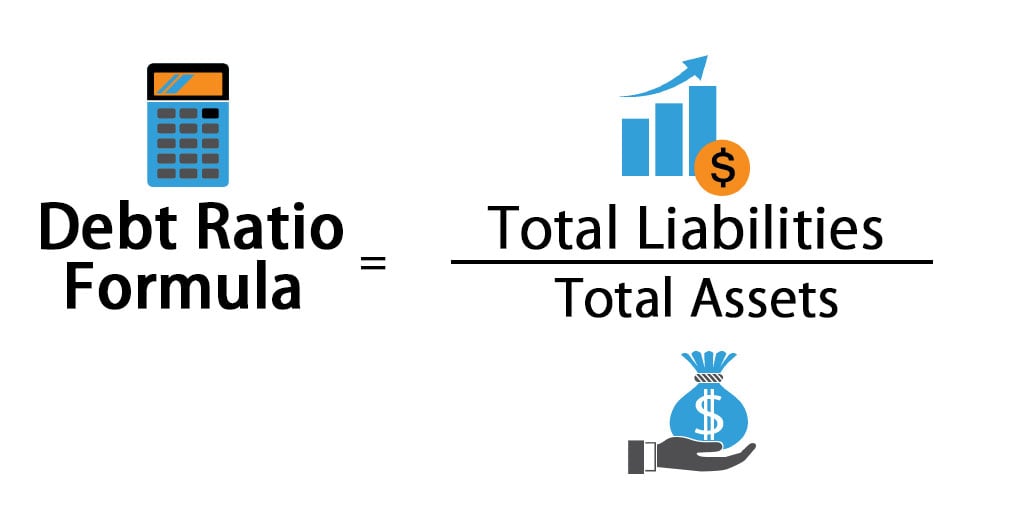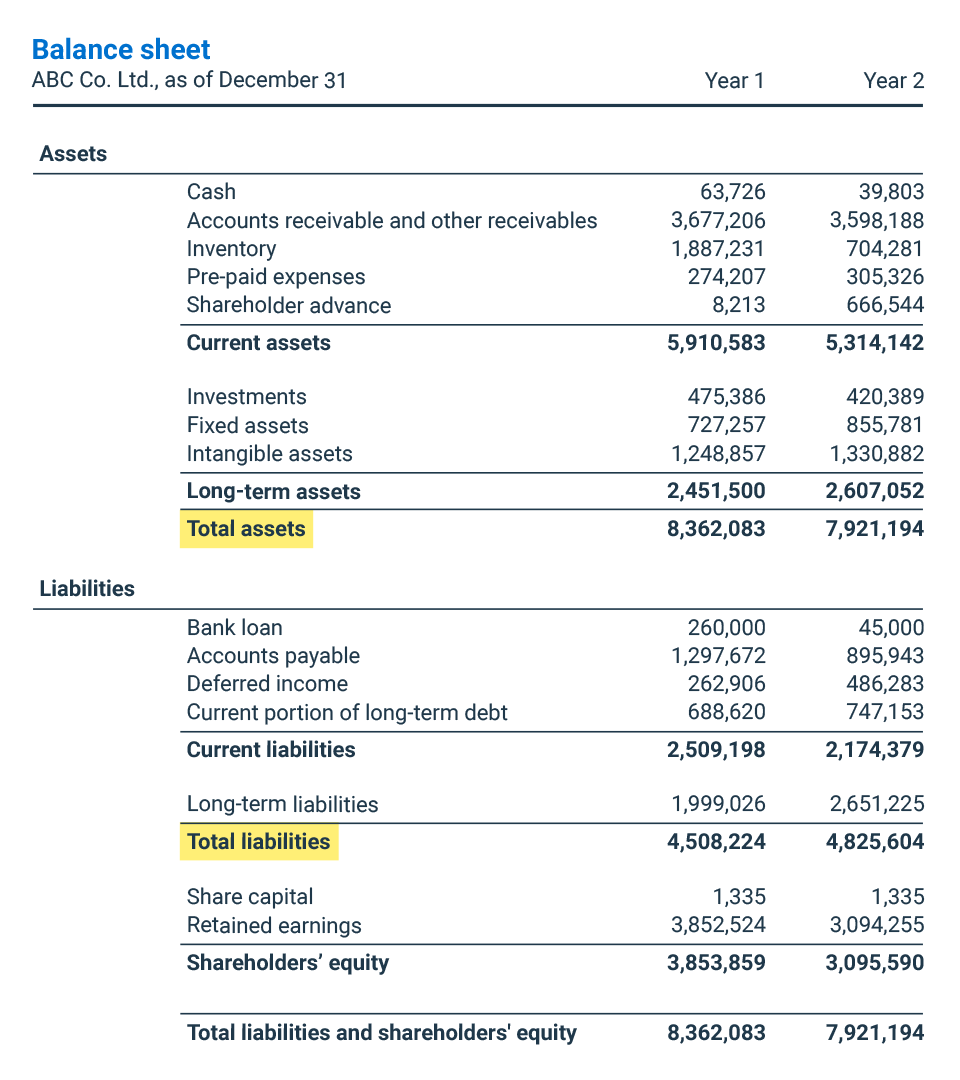
For example, a company may not borrow any funds to support business operations, not because it doesn’t need to but because it doesn’t have enough capital to repay it promptly. Many companies borrow money to maintain business operations — making it a typical practice for many businesses. For companies with steady and consistent cash flow, repaying debt happens rapidly. Also, because they repay debt quickly, these businesses will likely have solid credit, which allows them to borrow inexpensively from lenders. To look at a simple example of a debt to equity formula, consider a company with total liabilities worth $100 million dollars and equity worth $85 million. Divide $100 million by $85 million and you’ll see that the company’s debt-to-equity ratio would be about 1.18.
- Pete Rathburn is a copy editor and fact-checker with expertise in economics and personal finance and over twenty years of experience in the classroom.
- Generally speaking, a high ratio may indicate that the company is much resourced with (outside) borrowing as compared to funding from shareholders.
- Generally, a ratio below 1 is considered safer, while a ratio above 2 might indicate higher financial risk.
- Some investors also like to compare a company’s D/E ratio to the total D/E of the S&P 500, which was approximately 1.58 in late 2020 (1).
Sales & Investments Calculators

Since debt to equity ratio expresses the relationship between external equity (liabilities) and internal equity (stockholders’ equity), it is also known as “external-internal equity ratio”. Normally, the debt component includes long-term borrowings & long-term provisions, the equity component consists of net worth and preference shares not redeemable in one year. Conversely, a low number indicates a conservative approach to financing, with the company relying more on equity than debt. This is generally safer, but it could also mean the company is not utilizing opportunities to leverage its operations and maximize shareholder value.
Calculating a Company’s D/E Ratio
It enables accurate forecasting, which allows easier budgeting and financial planning. While it depends on the industry, a D/E ratio below 1 is often seen as favorable. Ratios above 2 could signal that the company is heavily leveraged and might be at risk in economic downturns. As established, a high D/E ratio points to a company that is more dependent on debt than its own capital, while a low D/E ratio indicates greater use of internal resources and minimal borrowing. This result indicates that XYZ Corp has $3.00 of debt for every dollar of equity.
How Businesses Use Debt-to-Equity Ratios
Debt to equity ratio shows the relationship between a company’s total debt with its owner’s capital. It reflects the comparative claims of creditors and shareholders against the total assets of the company. It is a measurement of how much the creditors have committed to the company versus what the shareholders have committed. Shareholders’ Equity is the amount of money that would be returned to shareholders if all the assets were liquidated and all the company’s debt was paid off.
Specifically, preferred stock with dividend payment included as part of the stock agreement can cause the stock to take on some characteristics of debt, since the company has to pay dividends in the future. Many startups make high use of leverage to grow, and even plan to use the proceeds of an initial public offering, or IPO, to pay down their debt. The results of their IPO will determine their debt-to-equity ratio, as investors put a value on the company’s equity.
Step 2: Identify Total Shareholders’ Equity
The reason for this is there are still loans that need to be paid while also not having enough to meet its obligations. When evaluating a company’s debt-to-equity (D/E) ratio, it’s crucial to take into account activity based costing vs traditional steps results compared the industry in which the company operates. Different industries have varying capital requirements and growth patterns, meaning that a D/E ratio that is typical in one sector might be alarming in another.
At its simplest, the debt-to-equity ratio is a quick way to assess a company’s total liabilities vs. total shareholder equity, to gauge the company’s reliance on debt. The numerator in above formula consists of total current and long-term liabilities and the denominator consists of total stockholders’ equity, including preferred stock, if any. Both the elements of the formula can be obtained from company’s balance sheet. Debt-to-equity is a gearing ratio comparing a company’s liabilities to its shareholder equity. Typical debt-to-equity ratios vary by industry, but companies often will borrow amounts that exceed their total equity in order to fuel growth, which can help maximize profits.
A higher ratio may deter conservative investors, while those with a higher risk tolerance might see it as an opportunity for greater returns. A challenge in using the D/E ratio is the inconsistency in how analysts define debt. Therefore, comparing D/E ratios across different industries should be done with caution, as what is normal in one sector may not be in another. Let’s examine a hypothetical company’s balance sheet to illustrate this calculation.